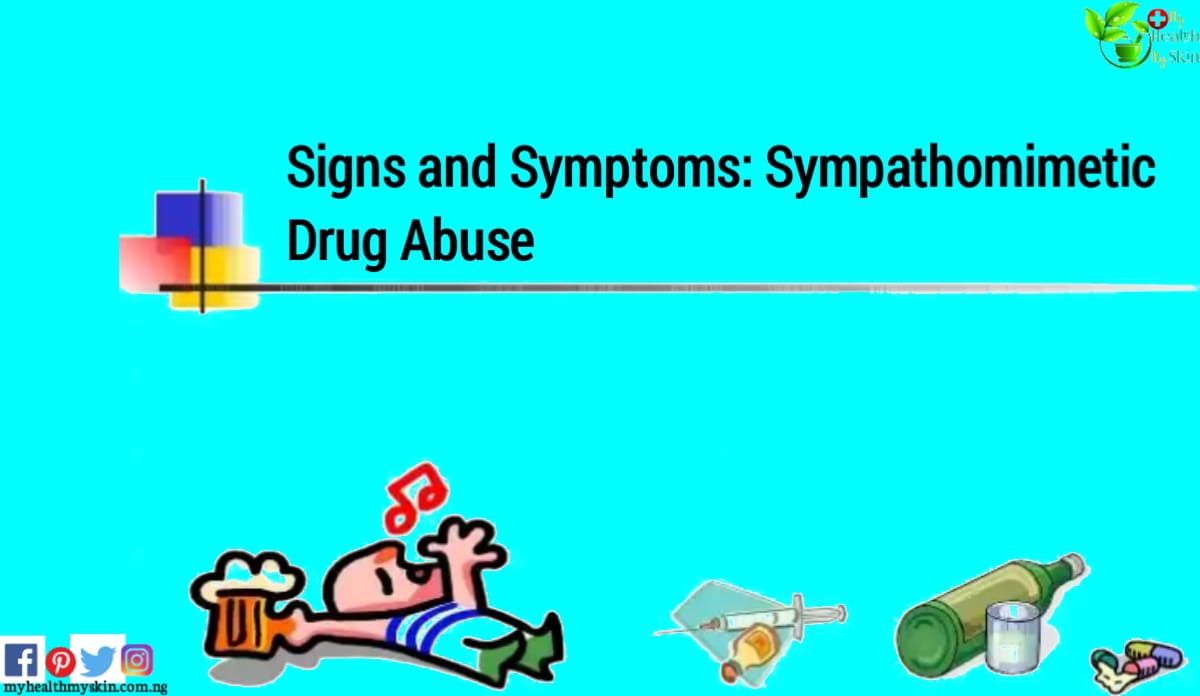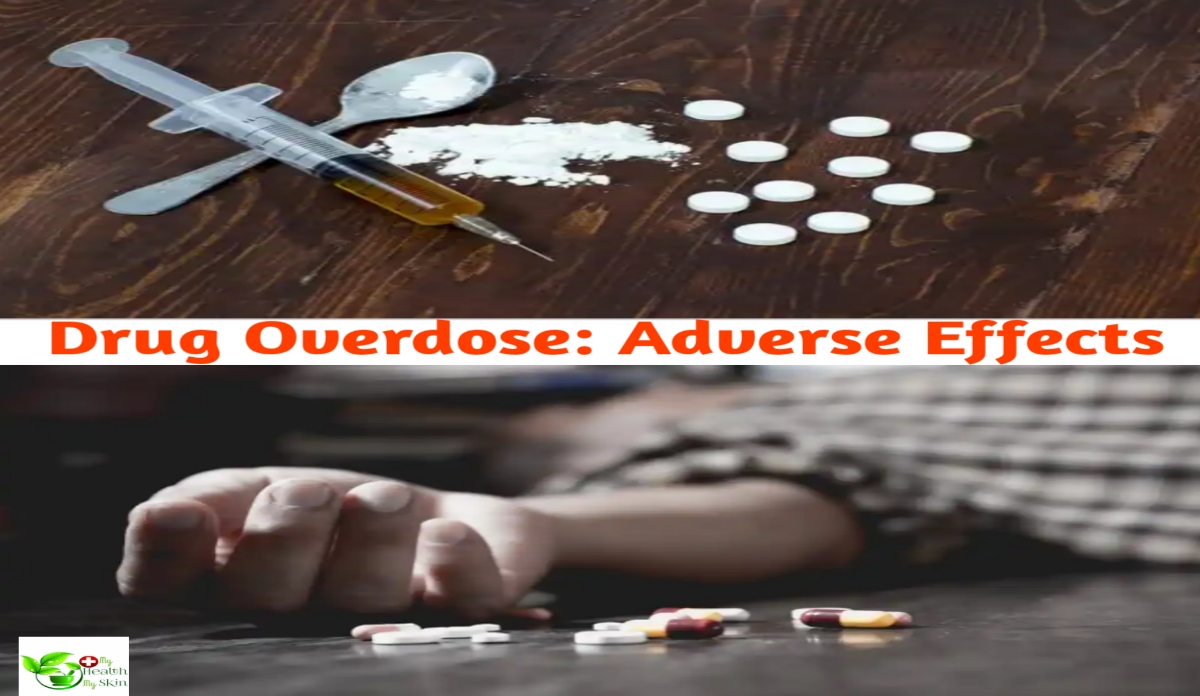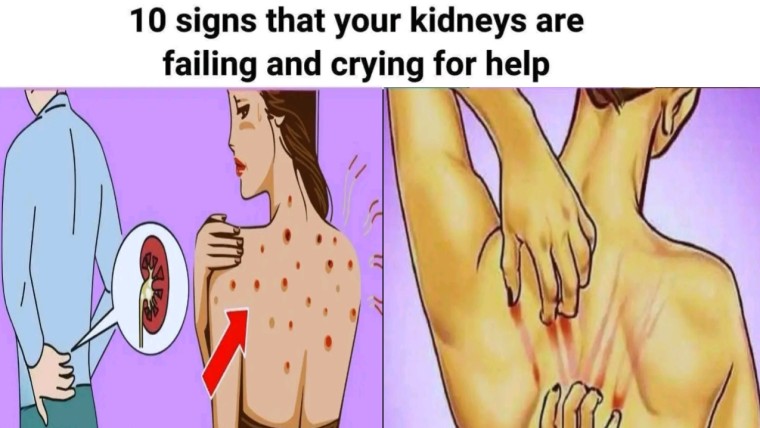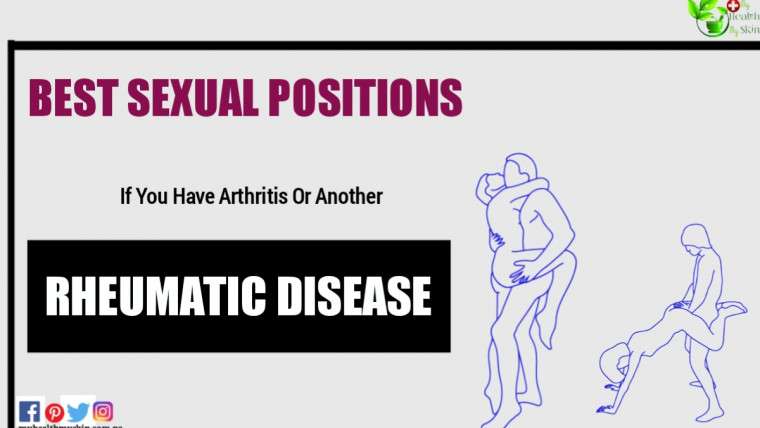Before delving into the signs and symptoms of a sympathomimetic drug abuse, let us know what a drug abuse actually is.
Meaning of Drug Abuse
Drug abuse or addiction, clinically known as substance use disorder, is a chronic disease caused by the habitual use of potentially addictive substances such as alcohol, marijuana, hallucinogens, opioids. It is considered a mental illness because it affects the brain by altering its functionality, and these brain changes can be long-lasting and create aggressive behaviour.
Drugs are chemical substances with different effects that have a negative impact on health, with long-lasting and permanent consequences. The modes of administration are varied: injectable, ingested or inhaled.
Effects of Drug Abuse

The effects on the body are related to the way the drug is administered, so that by injection the effect occurs immediately, while ingestion is delayed. Drug abuse also affects the brain, it can enhance or dull the senses, sometimes even diminish physical pain, change brain functioning, alter behaviour and choice, and the consequences are intense craving and obsessive drug use. This behaviour can easily turn into addiction.
Addiction to a drug or alcohol is extremely dangerous for the elderly, who can develop mental problems, kidney and liver damage and trauma from falls. Many older adults with health problems take several different drugs daily that may interact harmfully or react with alcohol, amplifying the harmful effects. To achieve the desired effect, some drugs require increasingly higher doses, leading to withdrawal symptoms when they are suddenly stopped.
All categories of people suffer from the negative consequences of drug abuse and addiction:
Foetuses exposed to drugs in utero may be born premature and underweight, may have withdrawal symptoms (neonatal abstinence syndrome), birth defects and exposure that can affect the child’s later intellectuality, development and behaviour.
Adolescent drug abusers often have poor school performance and end up as school drop-outs. The main risks are unwanted pregnancies, violence and sexually transmitted diseases (hepatitis B, C, HIV/AIDS).
Adult addicts develop problems with coherent thinking, memory and attention. As a result, work performance decreases and personal relationships are affected.
Parental drug abuse can create chaos, stress and lead to child neglect. These conditions harm the family and the development of children in a “sick” environment and could lead to drug addiction in the next generation.
Frequently abused substances are: alcohol, amphetamines, cocaine, cough medicines, depressants, heroin, hallucinogens (LSD, PCP), inhalants, ketamine, marijuana, mushrooms, opiates, rophynol and salvia.
Sympathomimetic Drugs
Sympathomimetic drugs are natural or synthetic substances that act as agonists of the sympathetic system, directly stimulating adrenergic receptors or stimulating the production of noradrenaline in the sympathetic endings.
The sympathetic system: signs and symptoms of a sympathomimetic drug abuse.
The sympathetic system has different types of receptors
(alpha, beta and dopaminergic) located on the cell surface, whose stimulation produces different physiological effects, for instance:
– Stimulation is mainly accompanied by vasocontriction, intestinal relaxation and mydriasis. Postsynaptic receptors are responsible for these effects.
– Stimulation produces mainly physiological effects in the circulatory and respiratory systems such as: increased contractility, automaticity, conduction velocity and myocardial irritability.
– There are dopaminergic receptors, whose stimulation produces vasodilatation of the renal, mesenteric, coronary and cerebral territories.
The effects of the natural catecholamines – adrenaline, noradrenaline and dopamine – and of the other sympathomimetic drugs depend on the degree of stimulation of the various receptors mentioned.
The signs and symptoms of a sympathomimetic drug abuse include: Physical and Psychological .
The Physical Signs: some of the physical signs and symptoms of a Sympathomimetic drug abuse are eye congestion, changes in appetite or sleep,
sudden weight loss or weight gain,
impaired physical appearance,
olfactory disturbances,
tremors, slurred speech, poor coordination.
The Psychological Signs: The psychological signs and symptoms of a Sympathomimetic drug abuse include:
Changes in personality and attitude
Sudden mood swings
Irritability or unexplained outbursts
Psychomotor restlessness
Lack of motivation
Lethargy
Aloofness
Anxiety
Paranoia
Aggression
Hallucinations
Impulsivity
Loss of control.
Impulsivity
Warning Signs in Behaviour:
Decreased attendance at Work or school
Poor performance at work or school
Financial problems, always borrowing or stealing.
Sympathomimetic Drug Names and their Effects
Name: Adrenaline selective agonist.
Effect: Increases A.P. and C.F.; produces bronchodilatation.
Name: Noradrenaline Agonist
Effect: predominantly vasoconstrictive.
Name: Isoproterenol Selective Agonist
Effect: Increases contractility and C.F.; produces bronchodilatation.
Name: Dobutamine Agonist
Effect: Have greater contractility than on CBF; produces moderate vasodilatation.
Name: Dopamine
Effect: Its effects are dose-dependent: at low doses predominantly renal and splanchnic vasodilatation; at higher doses it produces increased contractility and vasocontriction.
Because of their properties on the heart and circulatory system, catecholamines are frequently used in situations of shock or acute or decompensated heart failure.
The choice of the specific drug will depend on the need to increase or decrease peripheral resistance, the presence of tachycardia or arrhythmias, compromised renal perfusion, etc.
Numerous other agonists and adrenergic agonists are commonly used as bronchodilators and vasocontrictors. A large number of antagonist drugs have also been developed and are preferably used in the treatment of arterial hypertension and ischaemic heart disease.
Risk and Protective Factors for Drug Dependence
People initiate drug use for a spread of reasons. Some experiment, either out of curiosity, or because the environment makes them roll in the hay for recreation, relief from problems like stress, anxiety and depression, in short, they use it to feel good, to try to to better and out of curiosity or because others roll in the hay.
Illegal or prescription use of these substances does not automatically lead to addiction, but gradually, through chronic use, anything that was habitual becomes problematic. Vulnerability to substance dependence differs from person to person. Although genetics, mental health, family and society play an important role, risk factors that increase vulnerability are: family history of addiction
abuse, neglect and traumatic experiences,
mental disorders (depression, anxiety),
constant use of medication.
Methods of Administration: injecting a drug or smoking increases the potential for addiction.








